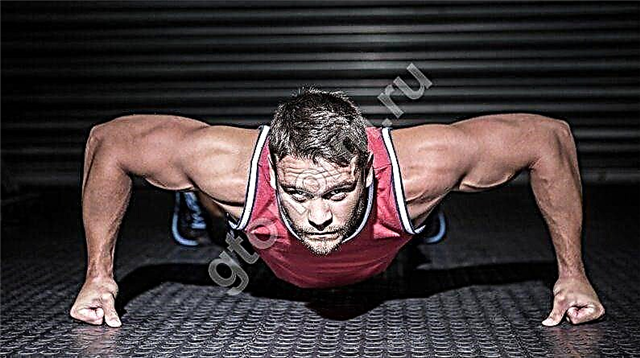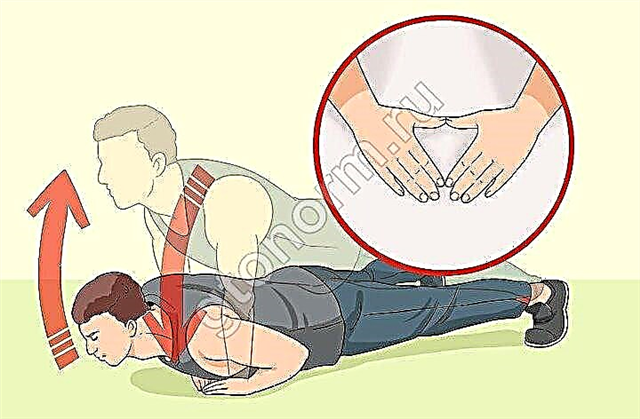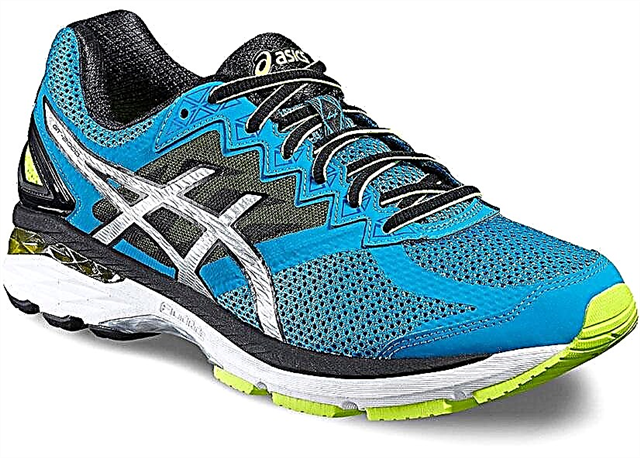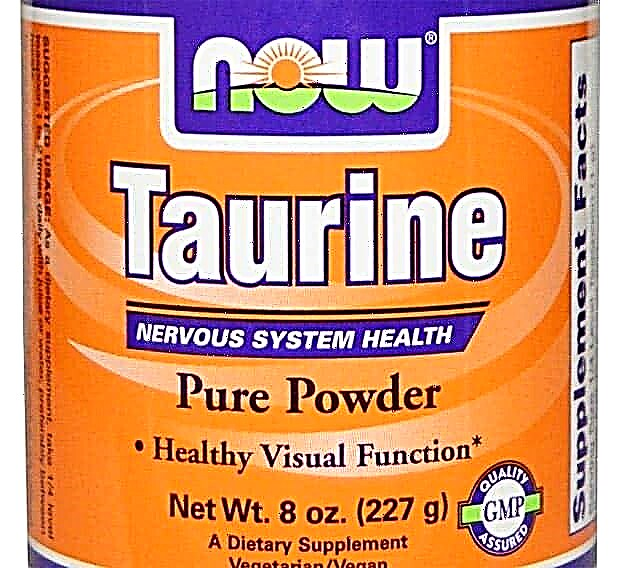Crossfit exercises
7K 0 04/14/2017 (last revision: 01/22/2019)
The reverse grip bicep curl is an exercise commonly used to increase muscle mass in the arms. It gives a very good visual effect, thanks to it the musculature of the arms looks more voluminous, more prominent and more massive. Anatomically, the movement is similar to the performance of "hammers" with dumbbells, but for many athletes it is much more convenient, as it reduces the load on the elbow joints at the lowest point of the amplitude. Due to its effectiveness and anatomical convenience, this exercise has gained well-deserved popularity in CrossFit, bodybuilding and fitness.
What muscles work?
Despite the fact that the well-known name for lifting the bar for biceps with a reverse grip is firmly entrenched in the exercise, in contrast to the classic lifting of the bar for biceps, the load on this muscle is much less here. Of course, the biceps work when lifting the bar in this way, but the lion's share of the work falls on the brachialis, the brachyradialis muscles of the forearms. The anterior deltoid muscle bundles and the wrist flexors act as stabilizers.

The benefits of doing the exercise
To make it easier for you to decide. it is worth including this exercise in your training process, we will give several main reasons in which the benefits of performing a reverse grip barbell lift are most visible.
- By doing this exercise technically correct, you will significantly increase your arm muscle mass. As we already mentioned, the load on the biceps is much less here, and the lion's share of the load falls on the brachialis and muscles of the forearms. A well-developed brachialis visually "pushes" the biceps outward, making the arm larger and increasing the peak of the biceps.
- Trained forearms improve grip and help us to hold the bar in a static stationary position, such as when doing deadlifts or bent over rows.
- You should also take into account the fact that the muscles of the arms are very fond of variety in the training process. If you do not change your training program for months, then, most likely, very soon you will stop noticing progress in increasing mass and strength. Reverse grip biceps curls help well with this stagnation. Accustomed to monotonous work in the same plane, the biceps and forearms will receive a lot of stress, and in the long term this can lead to serious progress. Of course, provided that you correctly distribute the load, eat right and recover.
We recommend that you perform a reverse grip barbell lift for biceps every 2-3 workouts in order to regularly "shock" the muscles. It is better to do this at the end of arm training - so you can “finish off” already tired biceps and a positive result will not keep you waiting.
Contraindications for athletes
However, not all athletes can benefit from standing back grip barbell lifting. And there are reasons for that. There are a number of contraindications to this exercise. First of all, these are lateral and medial epicondylitis and degenerative injuries of the elbow joints, ligaments and tendons. If you are experiencing these or similar problems, performing a reverse grip barbell lift will be accompanied by severe pain, even no warming and pain relieving ointments will help. "Hammers" with dumbbells for such ailments are also not recommended.
You do not need to endure this pain, it is better to replace this exercise with something else, for example, lifting the biceps on the lower block with a rope handle. These exercises are similar in biomechanics, but moderately vigorous rope grip work should relieve you of the pain in your elbows and forearms during the exercise.

Exercise technique
- Pick up the barbell from the floor or racks. Barbell weight should be moderate. The main thing in this exercise is not the pounds lifted, but the concentration on the working muscles and the constant feeling of their tension. Any neck can be used: straight, EZ-shaped or W-shaped.
- Squeeze the bar tightly at about shoulder-width apart using a closed grip. Press your elbows to the body. The hand should be slightly bent upwards, while the knuckles should be turned towards you.
- Smoothly lift the bar to your chest, concentrating on the contracting muscles and without changing the position of the elbows - they remain pressed against the body. Spreading your elbows to the sides or pulling forward is traumatic. The rise should be accompanied by an exhalation. At the top point, the angle at the elbow joint should slightly exceed the 90 degree mark.
- Smoothly lower the barbell down, inhaling and feeling our biceps and forearms stretch. It is not necessary to lower the barbell all the way down and make a full stop. It is better to work without pauses so that the load in the muscles is constant. This will make the blood circulation much stronger, and you will be able to achieve a good pumping, even with small weights.
Below is a video of lifting the bar for biceps with a reverse grip, in which the technique of performing the exercise is very clearly demonstrated.
Technical subtleties of the exercise
- Do not forget about the warm-up and increasing the working weights according to the pyramid principle. Do the first set with an empty bar to get used to the movement and catch the contraction of the muscle groups we need. And only then begin to gradually increase the weight of the projectile.
- Work in a high rep range of 10 or more. The biceps and forearms respond best to medium weights and long periods of stress, we are not interested in power records here.
- Use a closed grip. Many athletes use an open grip, leaving their thumb over the bar. Such a variation takes place, but it should be understood that with it you will have to concentrate more on not dropping the barbell from your hands, and not on working out the muscles.
- If you experience discomfort in your hands when lifting, then your grip strength is not yet developed enough. Reduce the barbell weight in this exercise and be sure to do static grip strength exercises (various holds, hanging from a bar, hanging from a towel) to increase the strength of your wrists.
- The negative phase in arm training is extremely important. Lower the barbell slowly and smoothly, no sudden movements should be done.
Use a different bar shape for each workout so you can work out all the muscle fibers, avoiding overtraining.









